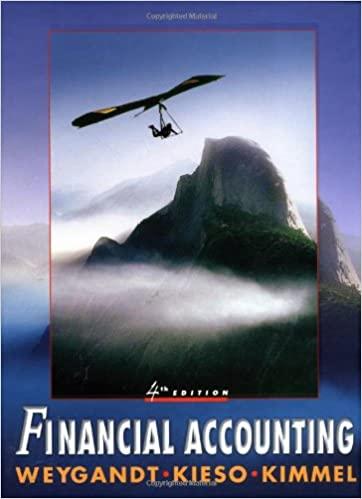






Note: Passenger volumes and fares are averaged across trips. Case Requirements: 1. What is the total projected cost for March 20X0 ? (10 points) 2. What is the projected profitability per passenger (revenues minus costs) for the highspeed and slow-speed services for March 20X0? (For this question, assume that common fixed costs are allocated equally (i.e., 50% each) between high-speed and slow-speed services). (20 points) 3. Assume that you are the manager in charge of the high-speed service. On March 20th, MBA students from the Detroit area who are taking an Entrepreneurial Management elective course approach you with the following offer. The students want to reserve 20 seats for a round trip from Detroit to Chicago on March 21 st to conduct a market research study for their final project. Specifically, the MBA students have arranged for undergraduates to participate in the study, which is aimed at identifying factors that make train travel more attractive to customers. The MBA students are on a limited budget and propose to pay Ann Arbor Railroad $1,000 for the round trip for the 20 seats. Tickets sales for March 21 st have been low, and, as of today, there are still over 100 seats available. Would you accept the students' offer? ( 20 points) 4. Using the information from table 2, what is the number of tickets that Ann Arbor Railroad must sell to breakeven in each service line? (25 points) 5. Using the information from table 2, what is the volume of sales that Ann Arbor Railroad must generate to breakeven overall? ( 25 points) Ann Arbor Railroad (AAR) is a railroad company that is partly financed by the US Department of Transportation through its high-speed rail stimulus initiative. AAR operates daily train service between Detroit, MI and Chicago, IL. The Company operates two classes of passenger trains: slow-speed and high-speed. AAR built and currently maintains a roadbed and tracks between the two cities as well as stations in both Detroit, MI and Chicago, IL. The tracks and signaling equipment cost approximately $1 million per mile to build and will be depreciated over thirty years. The bulk of the Company's station-related costs arise from the Detroit and Chicago stations. Costs for the intermediate stations, which are only used by the slow-speed trains, are largely paid for by the local municipalities. AAR does not own any trains, but leases them. Specifically, it leases 10 high-speed trains (locomotives plus carriages) from Siemens AG and 10 slow-speed trains (locomotives plus carriages) from GE. Locomotives refer to the motorized entity pulling the carriages. Carriages carry passengers but are unable to move autonomously. The Company is responsible for maintaining the trains. The high-speed trains are technologically advanced and more costly than the slow-speed trains, which are technologically simpler and older. AAR employs the train engineers and the onboard service staff. The Company has contracted with Gourmet Services to provide complimentary food and drinks to high-speed passengers. The contract entails a fixed monthly payment of $700,000 plus \$8 per passenger. Slow-speed train passengers receive no complimentary items; they can buy food and beverages from an independent catering company with no profit or loss for AAR. Table 1 Ann Arbor Railroad Projected Cost for March 20X0 COST TYPE COST ELEMENTS AMOUNT Head office-related Administrative personnel, marketing costs, $500,000 per month (in Detroit station) IT costs Roadbed, track, and Depreciation of track \& signaling $1,000,000 per month signaling equipment-related equipment Interest payments $500,000 per month Maintenance workers $5,000 per month Repair materials $200 per slow-speed trip $400 per high-speed trip Station-related Building costs (temperature control, Detroit: $20,000 per month leasing costs, etc.) and other costs Chicago: $32,000 per month (including cleaning service, ticket, and All other stations combined: baggage handling personnel) $7,000 per month Train-related Leasing costs - slow-speed train $100,000 per month per train Leasing costs - high-speed train $500,000 per month per train Hauling costs (power and fuel) $5,000 per slow-speed trip $8,000 per high-speed trip Engineers and onboard service staff total $150,000 per month Onboard services Gourmet services contract $700,000 per month $8 per passenger Ann Arbor Case Study Question 1 - Total projected cost for March 20X0. Question 2 - Projected profitability per passenger. Question 3 - Special Order Question 4 - Segments Break-even Question 5 - Company-wide Break-even













